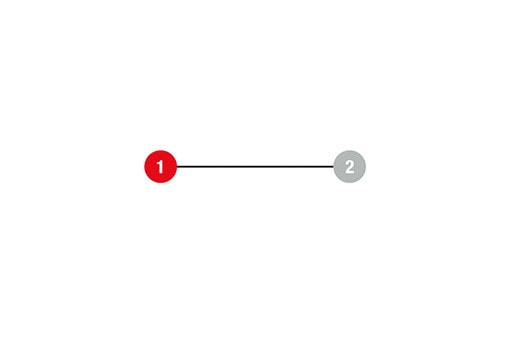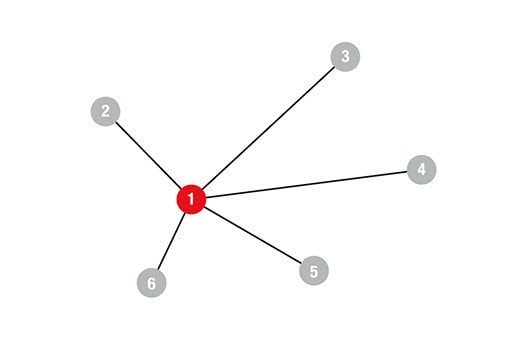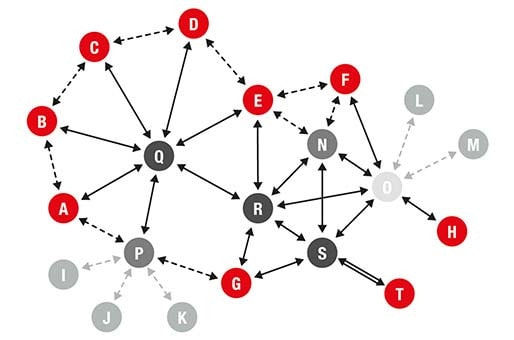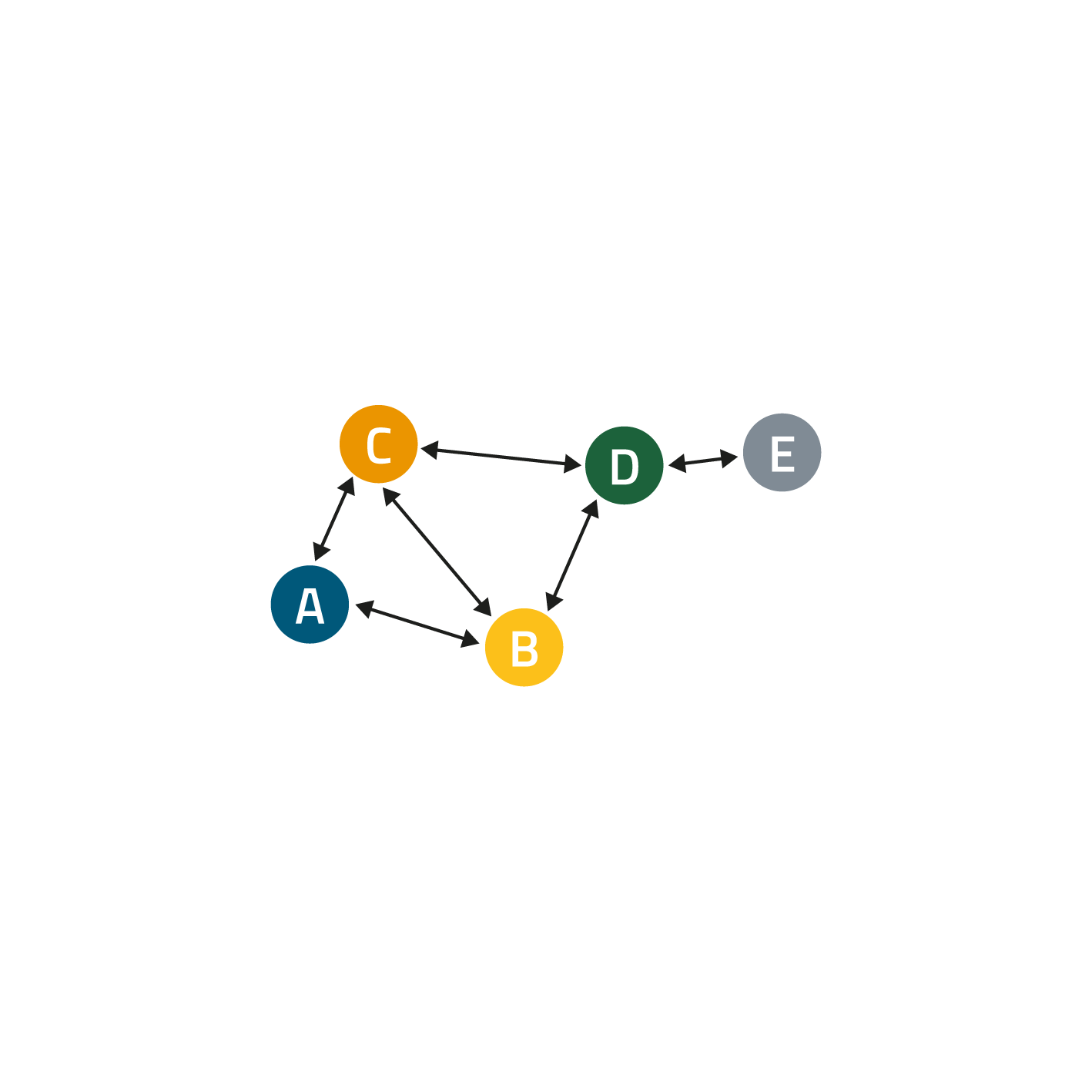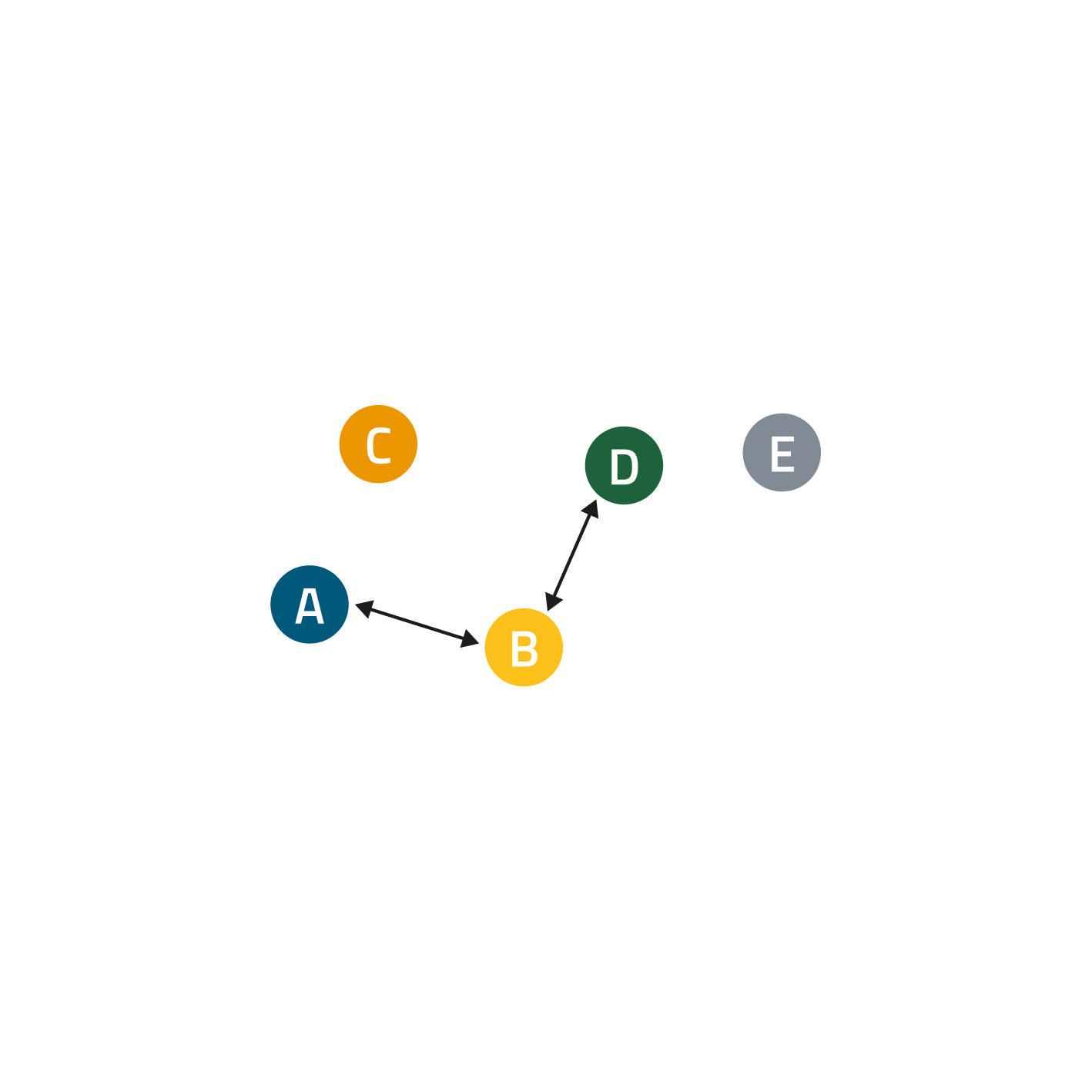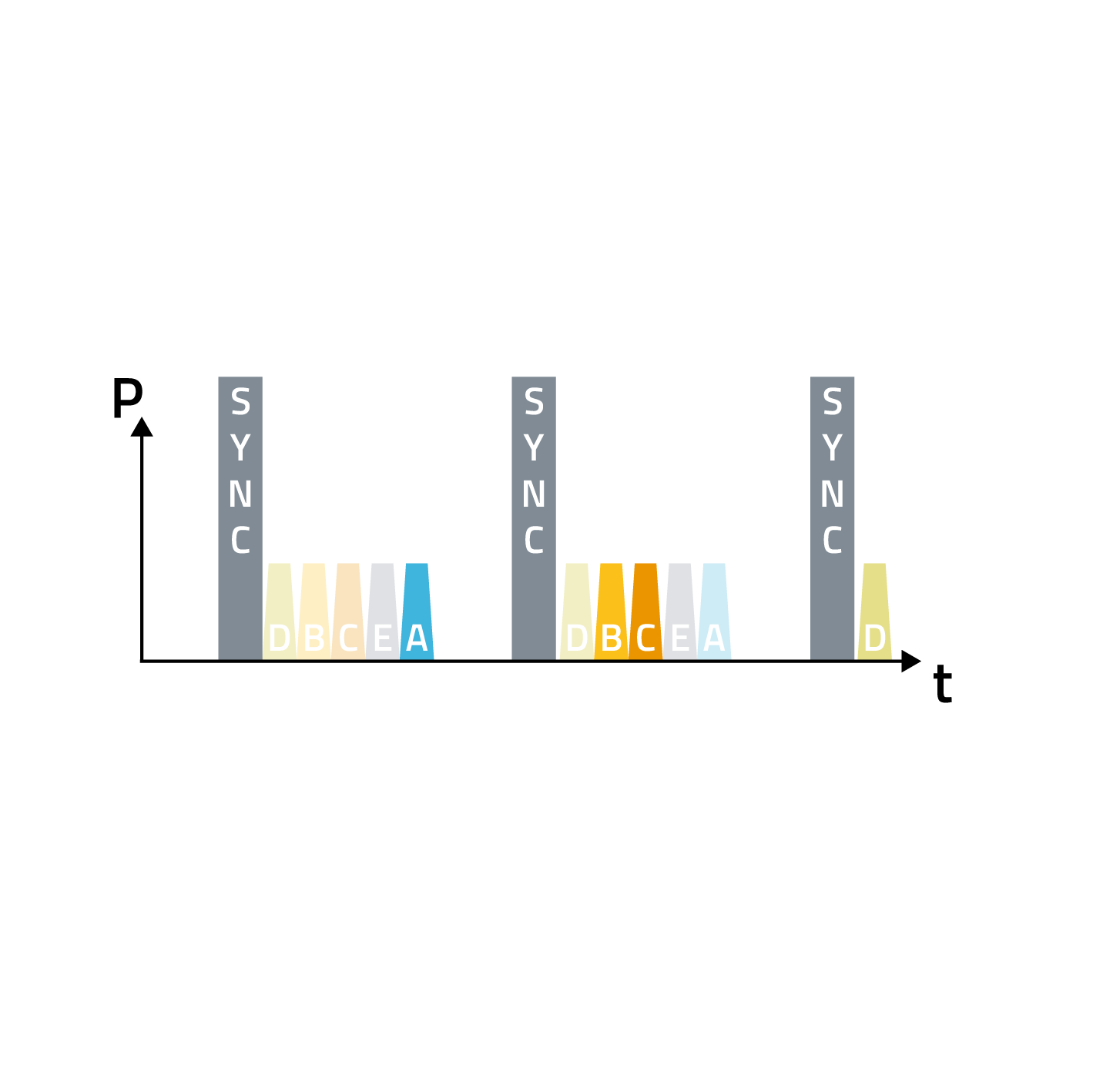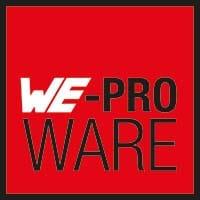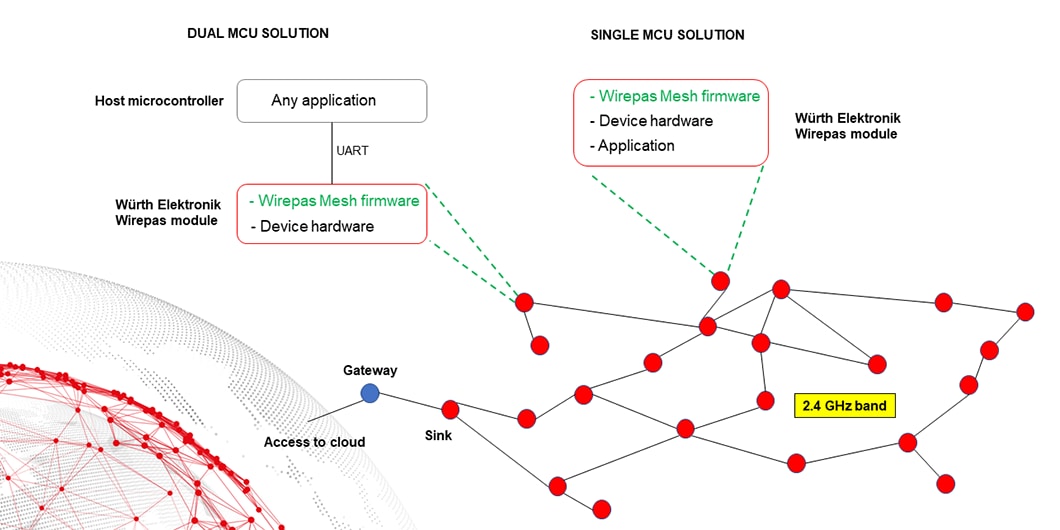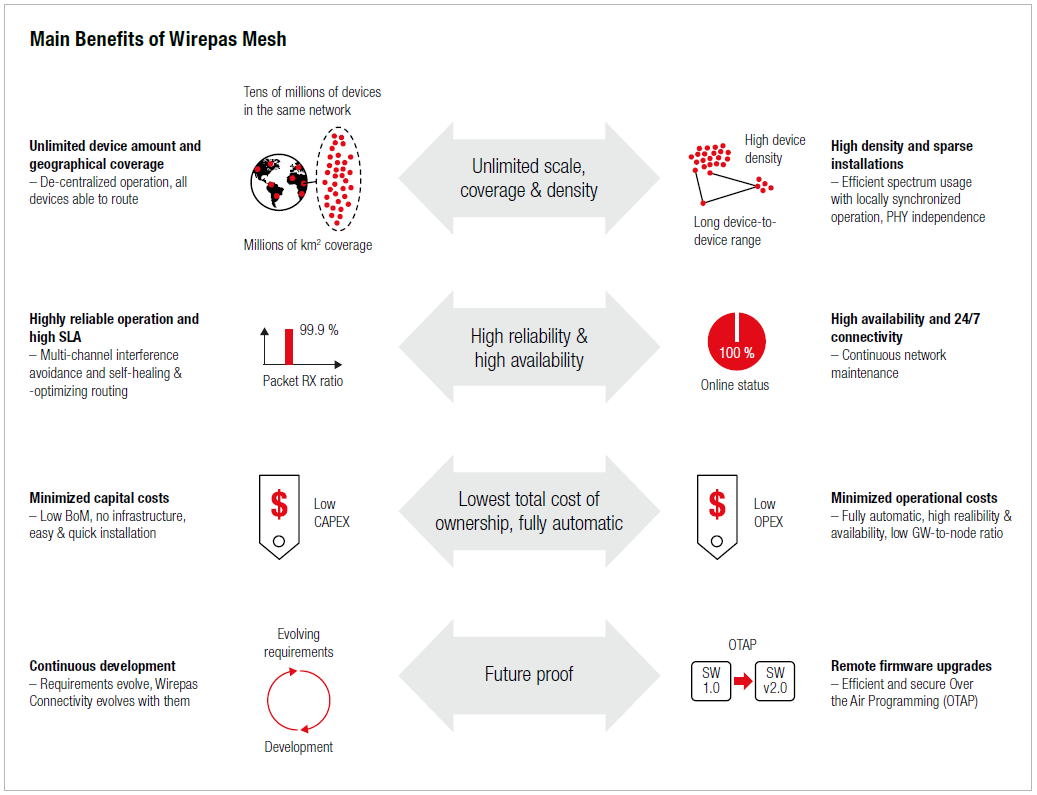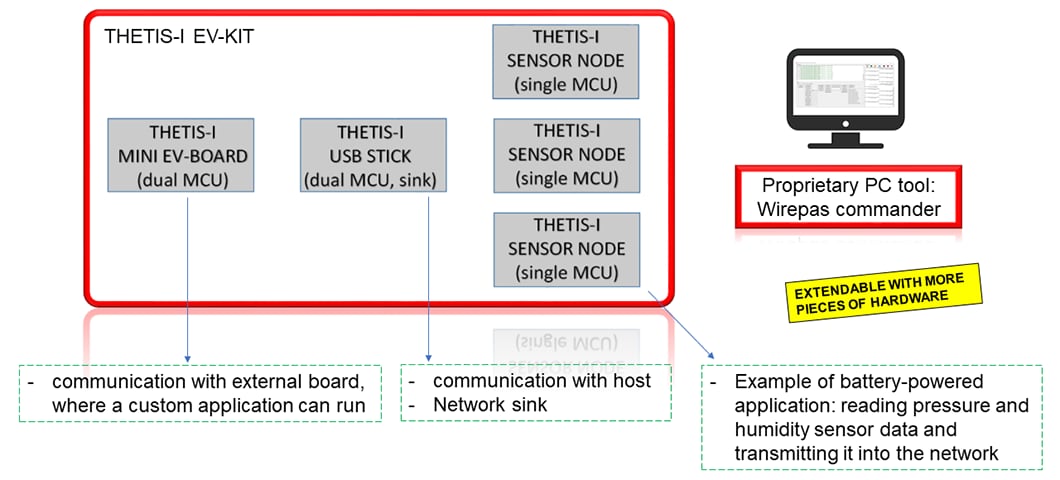- Speed
- Current consumption
- Throughput
- Maximum number of nodes
- Installation effort
- Robustness
Mesh Technologies
Wirepas Mesh
Wirepas is an international company with headquarters in Tampere, Finland.
Wirepas is specialized in IoT topics and offers the Wirepas Mesh stack (firmware only) and support to high volume customers. Würth Elektronik is in cooperation with Wirepas to integrate the Wirepas mesh stack into radio chips as well as offering service to our customers to develop Wirepas mesh radio modules based on the existing Nordic Semiconductor nRF platform.
Würth Elektronik is licensed to develop, support and sell standard and custom Wirepas mesh radio modules.
Wirepas Mesh is a connectivity protocol for radio modules, optimized for large scale and energy efficient wireless mesh networks in the frequency 2.4 GHz. This innovative technology can be used to create large IoT networks, for example using battery-powered sensors, in which each node also functions as a router.
On a single MCU solution, the application runs on the device itself. On a dual MCU solution, the application runs on a host microcontroller.
Traditional mesh networks suffer in large scale from complex networking tables, congestion and bandwidth issues. Wirepas overcomes these issues by removing network‘s infrastructures and decentralizing network‘s intelligence on the nodes. All networking decisions are done locally by the nodes. Every node:
- scans automatically the neighborhood and choose the best path to the sink
- adapts transmit power to neighbor proximity
- can act as sink, routing or non-routing node
- can work in low power or low latency mode
- chooses the best frequency to use locally
- has a high configurability, interference-tolerance, ultra-low energy consumption: Wirepas mesh software is ideal for large scale and battery-operated networks.
The Thetis-I Evaluation-Kit
For Thetis-I we offer a specific Evaluation kit, which consists of:
- 1 Mini Evaluation Board
- 1 USB Stick
- 3 battery driven sensor nodes
Their specific functions are showed in the picture below.
In case you need a larger test network, you can simply extend your starter kit by purchasing additional pieces of any of the three hardware components ( [mini evaluation board](), [USB stick](), [sensor node]() ).
Together with our proprietary software tool Wirepas Commander, you can setup and test your Wirepas network in few easy step.
